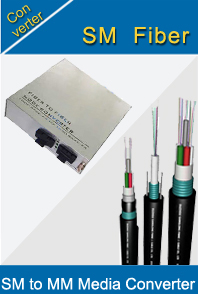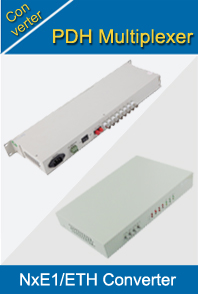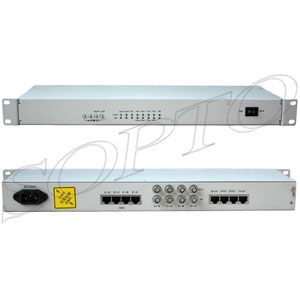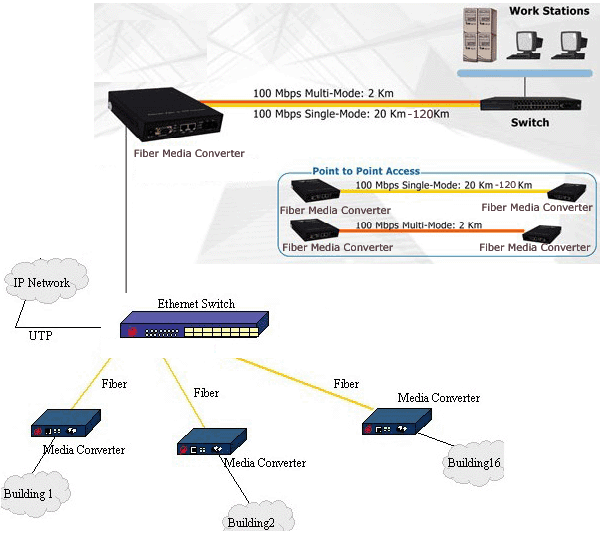-

- Sopto Home
-

- Special Topic
-

- Converter Knowledge
-

- What is TDMoIP?
Converter Knowledge
- Form Factors and Application of Ethernet Media Converter
- Ethernet over 4 E1 Converter Brief Introduction
- What is the Difference between RS232 and RS485 Serial Interfaces
- What is the Difference between RS232 and RS485 Serial Interfaces
- How to Convert an Analog Telephone to VoIP Protocol?
- How to Find the Internet Protocol Address and Media Access Contr
- How to Convert from Fast Ethernet to Fiber Optics?
- How to Connect a Fiber Converter?
- How to Convert Ethernet to Fiber Media Converters?
SOPTO Special Topic
Certificate



Guarantee
Except products belongs to Bargain Shop section, all products are warranted by SOPTO only to purchasers for resale or for use in business or original equipment manufacturer, against defects in workmanship or materials under normal use (consumables, normal tear and wear excluded) for one year after date of purchase from SOPTO, unless otherwise stated...
Return Policies
Defective products will be accepted for exchange, at our discretion, within 14 days from receipt. Buyer might be requested to return the defective products to SOPTO for verification or authorized service location, as SOPTO designated, shipping costs prepaid. .....
Applications
An Ethernet to Fiber Media Converter can also be used where there is high level of electromagnetic interference or EMI which is a common phenomenon found in industrial plants. This interference can cause corruption of data over copper-based ethernet links. Data transmitted over fiber optic cable however is completely immune to this type of noise. An Ethernet to Fiber Optic Converter therefore enables you to inter-connect your copper-ethernet devices over fiber ensuring optimal data transmission across the plant floor.
SOPTO Products
- Fiber Optic Transceiver Module
- High Speed Cable
- Fiber Optical Cable
- Fiber Optical Patch Cords
- Splitter CWDM DWDM
- PON Solution
- FTTH Box ODF Closure
- PCI-E Network Card
- Network Cables
- Fiber Optical Adapter
- Fiber Optical Attenuator
- Fiber Media Converter
- PDH Multiplexers
- Protocol Converter
- Digital Video Multiplexer
- Fiber Optical Tools
- Compatible
Related Products
Performance Feature
Converter Knowledge
Recommended


What is TDMoIP?
In computer networking and telecommunications, TDM over IP (TDMoIP) is the emulation of time-division multiplexing (TDM) over a packet switched network (PSN). TDM refers to a T1, E1, T3 or E3 signal, while the PSN is based either on IP or MPLS or on raw Ethernet. A related technology is circuit emulation, which enables transport of TDM traffic over cell-based (ATM) networks.
TDMoIP is a type of pseudowire (PW). However, unlike other traffic types that can be carried over pseudowires (e.g. ATM, Frame Relay and Ethernet), TDM is a real-time bit stream, leading to TDMoIP having unique characteristics. In addition, conventional TDM networks have numerous special features, in particular those required in order to carry voice-grade telephony channels. These features imply signaling systems that support a wide range of telephony features, a rich standardization literature and well-developed Operations and Management (OAM) mechanisms. All of these factors must be taken into account when emulating TDM over PSNs.
One critical issue in implementing TDM PWs is clock recovery. In native TDM networks the physical layer carries highly accurate timing information along with the TDM data, but when emulating TDM over PSNs this synchronization is absent. TDM timing standards can be exacting and conformance with these may require innovative mechanisms to adaptively reproduce the TDM timing.

Another issue that must be addressed is TDMoIP packet loss concealment (PLC). Since TDM data is delivered at a constant rate over a dedicated channel, the native service may have bit errors but data is never lost in transit. All PSNs suffer to some degree from packet loss and this must be compensated when delivering TDM over a PSN.
For more information, please browse our website or contact a Sopto representative by calling 86-755-36946668, or by sending an email to info@sopto.com.




